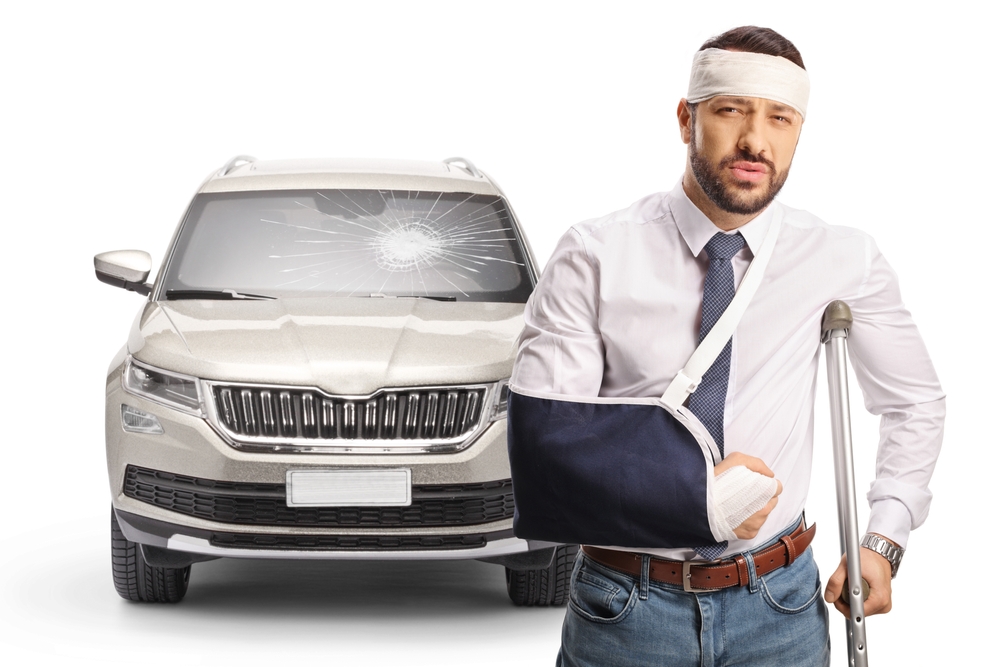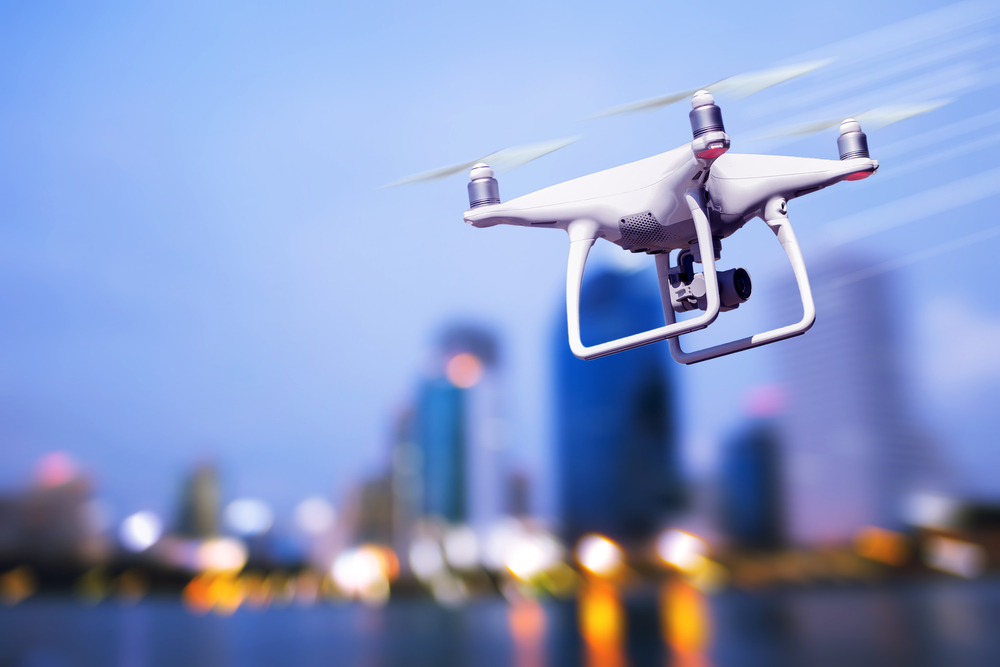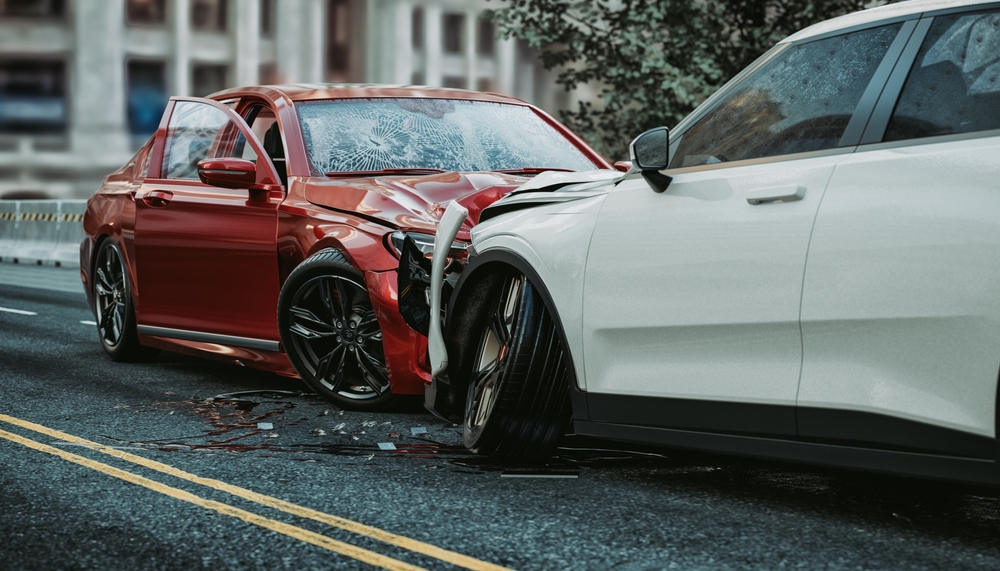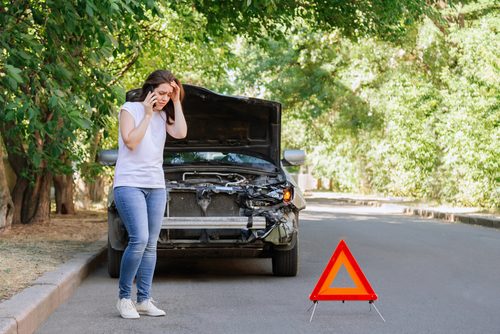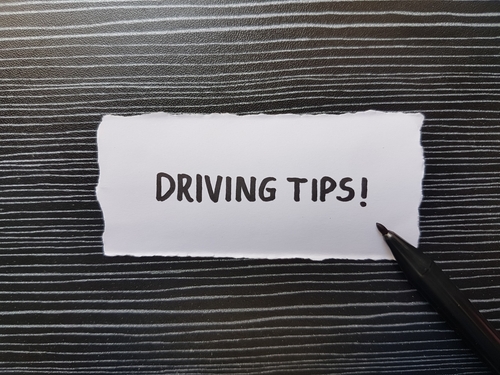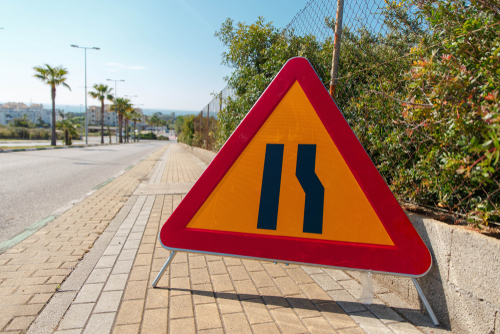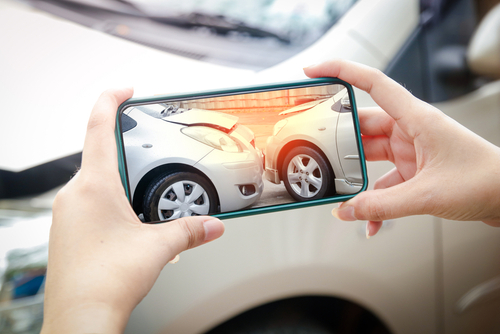When you’re injured in a car accident in Georgia, lost wages can be one of the most immediate financial impacts. If you’re unable to work due to injuries, those missed paychecks add up quickly. At our personal injury law firm, we understand the financial strain that lost wages create, and we’re committed to helping our clients recover what they’ve lost. Georgia law provides individuals with legal avenues for recovering lost wages in Georgia. This recovery isn’t limited to hourly or salaried employees—self-employed individuals can also claim lost income. However, the process of proving lost wages can be complex, which is why having a knowledgeable attorney on your side is crucial
Proving Negligence In Georgia Car Accidents
Under Georgia’s personal injury laws, we must demonstrate that the other party’s negligence caused the accident and that your injuries directly resulted from the crash. These injuries must be the reason you can’t work, and we must substantiate the exact amount of income you’ve lost. Georgia’s Official Code Annotated (O.C.G.A. § 51-12-2) allows for the recovery of economic damages like lost wages in car accident claims. In addition, if the injuries are long-term or permanent, we can help clients recover compensation for future lost earning capacity under O.C.G.A. § 51-12-3.
Proving Lost Wages In Accident Claims
Proving lost wages involves more than simply showing a doctor’s note stating you cannot work. We need to gather various forms of evidence, such as pay stubs, tax returns, or contracts, to show the full scope of your lost income. We also work closely with medical professionals to document how your injuries have affected your ability to perform your job duties. In cases where the injury results in permanent disability, we collaborate with vocational experts to calculate the potential future losses. All of this evidence is critical when negotiating with insurance companies or presenting your case in court.
Georgia’s Modified Comparative Negligence Rule
One thing that is important to remember is that Georgia follows a modified comparative negligence rule under O.C.G.A. § 51-12-33. This means that if you are partially at fault for the accident, your recovery may be reduced based on your percentage of fault. For instance, if you are found 20% at fault, your compensation, including lost wages, would be reduced by 20%. This is why it’s very important to work with us to make sure that liability for the accident is properly assessed and that we minimize any attempt by the other party or insurance company to shift blame onto you.
We also recognize that some clients are unable to return to the same line of work after an accident. In these cases, future earning potential can be significantly impacted. We use evidence such as employment history and testimony from economic experts to help secure compensation for these losses.
If you’ve been injured in a car accident and are struggling to make ends meet because you’re unable to work, we are here to help you recover lost wages and other damages you’re entitled to under Georgia law.
Georgia Car Accident Lost Earnings FAQs
How Can I Prove My Lost Wages After A Car Accident?
To prove lost earnings, we will present clear documentation of your income and the time missed from work. This includes pay stubs, tax returns, and other financial records. If you are self-employed, we may need contracts, invoices, or bank statements. Additionally, we will gather medical records showing your inability to work, as well as statements from your employer if necessary.
Can I Recover Lost Wages If I Was Partially At Fault For The Accident?
Yes, you can still recover lost wages even if you are partially at fault. However, your compensation will be reduced according to your percentage of fault. Under Georgia’s modified comparative negligence rule, if you are less than 50% responsible for the accident, you can recover damages. However, if you are found to be 50% or more at fault, you cannot recover any compensation.
What Happens If My Injuries Prevent Me From Returning To Work Permanently?
If your injuries are severe and prevent you from returning to your previous job, we can help you pursue compensation for future lost earnings. This requires a thorough analysis of your employment history, skills, and medical prognosis. We may work with vocational and economic experts to project how your earning capacity will be impacted in the long term.
Call Our Car Accident Lawyer In Georgia For Your Free Consultation
Don’t let lost wages add to the stress of your recovery. At Shani O. Brooks P.C., we offer free consultations to help you understand your rights and explore your legal options. Contact our car accident lawyer in Georgia at Shani O. Brooks P.C. by calling 404-920-4736 to receive your free consultation. Our dedicated legal professionals are committed to helping you secure the compensation your case deserves.

